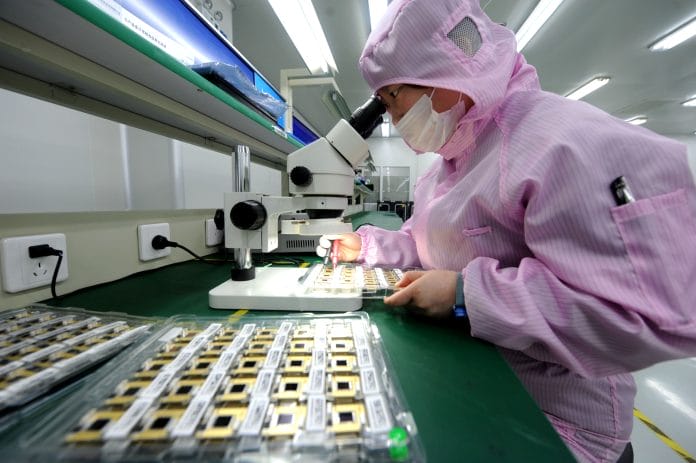
China’s value-added industrial output, an important economic indicator, went up 6.1 percent year on year in the first quarter of this year, data from the National Bureau of Statistics (NBS) showed Tuesday.
By category, output of the manufacturing sector grew by 6.7 percent. The high-tech manufacturing sector registered a growth of 7.5 percent, accelerating by 2.6 percentage points from the fourth quarter of 2023.
In March, the value-added industrial output increased by 4.5 percent year on year.
From January to February, major industrial enterprises nationwide realized total profits of 914.1 billion yuan (about 128.7 billion U.S. dollars), up 10.2 percent year on year.
The industrial output is used to measure the activity of enterprises each with an annual main business turnover of at least 20 million yuan.
Tuesday’s data also showed that China’s gross domestic product grew 5.3 percent year on year in the first quarter of the year.
GDP growth of 5.3 percent in the first quarter was mainly driven by a rebound in the industrial sector and an improvement in the service sector, said NBS deputy head Sheng Laiyun.
Sheng attributed the better-than-expected industrial growth in the first quarter to factors including policy-driven increase in business confidence and positive changes in both domestic and external demand.
The central government introduced large-scale policies on equipment renewal and reconstruction and consumer goods trade-in, which to some extent also boosted business confidence, prompting some enterprises to schedule production in advance, he told a news conference.
Major high-tech manufacturing industry in the first quarter pulled the value-added industrial output by 1.1 percentage points, he said, highlighting the role of new growth momentum and new industries.








